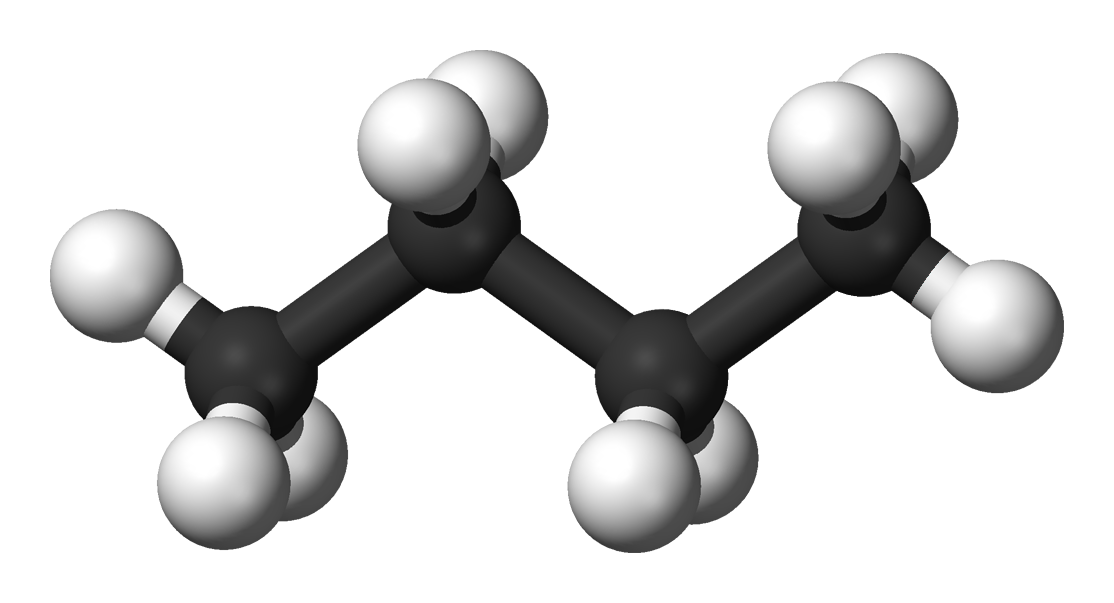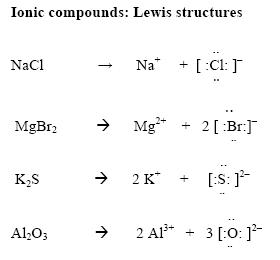The percent composition of a compound is a relative measure of the mass of each different element present in the compound. To calculate percent composition, we first need to calculate the molecular mass of the compound. Then, calculate the total mass of each element present in the formula of the compound. Finally, determine the percent composition by mass of the element. Remember that percentages always add up to be 100!
That really is all there is to it! Now let's take up some examples.
EXAMPLES:
-What is the percent composition of the element Hydrogen in water?
(2/18) = 0.1111... or 11.11%
-What is the percent composition of the element Oxygen in water?
(16/18) = 0.8889 or 88.89%
-Find the percentage composition of a compound that contains 1.94g of Carbon, 0.48g of Hydrogen, and 2.58g of Sulfur in a 5.00g sample of the compound.
C: 1.94g/5.00g = 38.8% C
H: 0.48g/5.00g = 9.6% H
S: 2.58g/5.00g = 51.6% S
-What is the percantage composition of (NH4)2CO3?
N: 28/96.0 or 29.17% N
H: 8/96.0 or 8.33% H
C: 12.0/96.0 or 12.5% C
O: 48.0/96.0 or 50% O
-After answering the exercise above, how much oxygen is there in an unknown compound with a mass of 50g?
0.5 x 50 = 25g O
-A sample of an unknown compound with a mass of 0.847g has the following composition: 50.51 percent fluorine and 49.49 percent iron. When this compound is decomposed into its elements, what mass of each element would be recovered?
F: x/0.847 = 50.51/100
100x = 0.847(50.51)
100x/100 = 42.78197/100
x = 0.4278197g or 0.428g F
Fe: x/0.847 = 49.49/100
100x = 0.847(49.49)
100x/100 = 41.91803/100
x = 0.4191803g or 0.420g Fe
Next time: Empirical Formulas!






























-chloride-hexahydrate-sample.jpg)
_chloride.jpg/220px-Cobalt(II)_chloride.jpg)


















